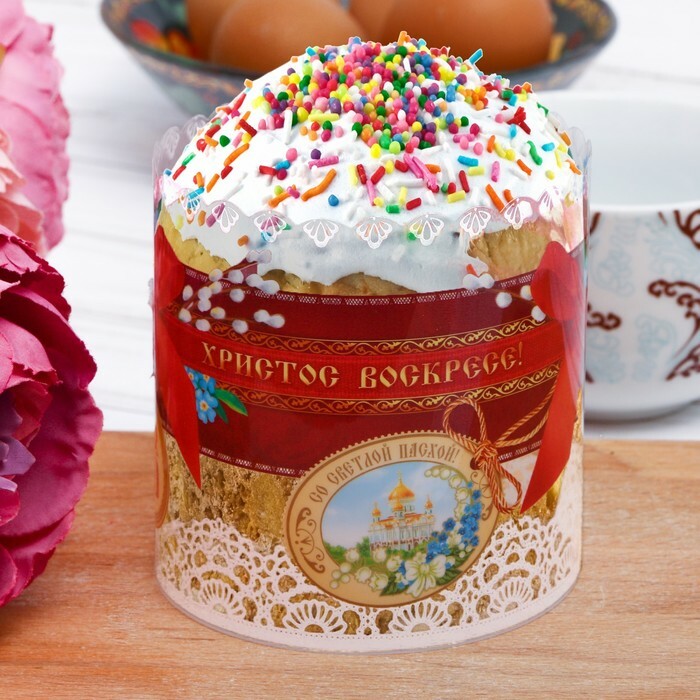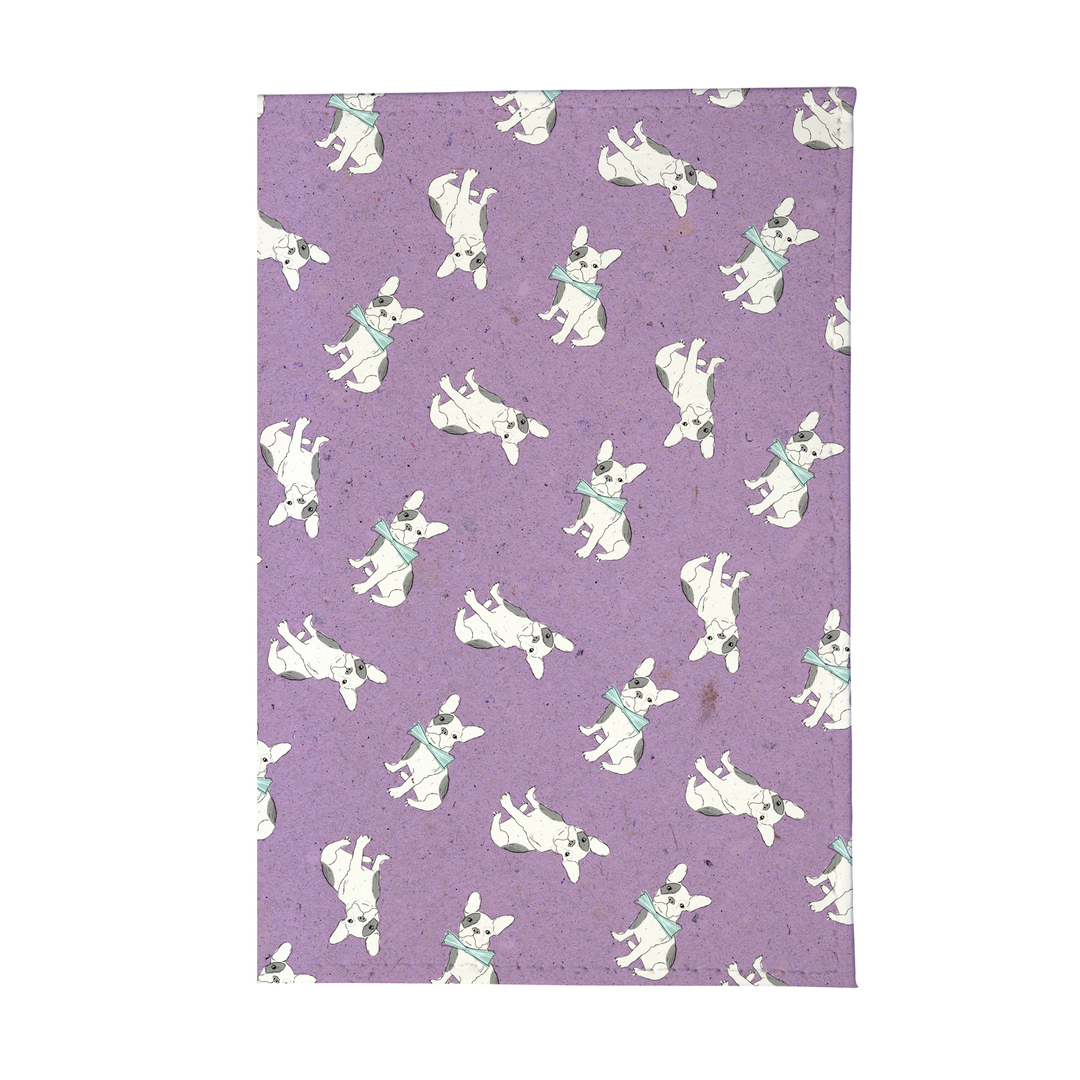Kitchen utensils - these are things that are in constant economic use. Many of them are doomed to wear. However, the practical lean people always find a way to refocus the mission of any end-of-term subject to good use. This fully applies to the old cutting board. Options for their application in a new incarnation of a very diverse and rational.

Content
- Overview and qualification
- Material
- external form
- recycling
- Increase decoration
- Redesigning practical application
- Plastics and other materials
- travel mission
Overview and qualification
Chopping boards serve as a platform for grinding various food products. Repeated use of such products, but for another purpose, will depend on many nuances: the appearance, size and functionality.
Material
The most common are wood products, which is acceptable to systematize the following categories:

- Whole board.
- Dialing plate of the pieces of various breeds.
- Plywood.
- Combined embodiment.
This material allows to fully show imagination creativity in the manufacture of kitchen items. At the same time, intensive use wood even the hardest rock is very short-lived. After cutting plane exposed to sharp knives, and even kitchen hatchets.
Among other common materials worth mentioning these types:
- Plastic.
- Glass.
- A rock.
They all have their advantages and disadvantages.

The plastic is light, hygienic, easy to clean. But he can not stand high temperatures. And he, like a tree, are not particularly resistant to prolonged mechanical stress.
Glass hard, but fragile. When working with it there is a particular disadvantage: rather harsh sounds by hitting the knife at its surface. In addition, excessive hardness leads to regular wear and tear of the blades of the cutting tool.
external form

The most simple form are products of plywood, plastic, glass and stone. Most often it is banal rectangles, circles, or ovals.
Boards from single piece of wood is much more diverse. Styling forms by natural elements (leaf plants, fruits, mushrooms) or items not related to the kitchen (guitar, rocket), look very original. Also in the embodiment colorful two opposite plane It is divided functionally: One working and one decorative, decorated with different artistic methods:
- Thread.
- Painted colors.
- Burning.
- Milled edge.
Very common manufacturing cutting boards in sets of several pieces, wherein each instance is designed for certain products. Most of these products are equipped with a comfortable handle and a device for hanging.
recycling
The idea of a new use of old cutting boards will be entirely based on the analysis of the above nuances.
First of all, if the thing is already quite decorative, you can simply stop using it for its intended purpose, securing her only role of interior decoration.
Increase decoration
The product is too simple artistic value have increased. Even ordinary plywood cutting tablet can turn into quite an attractive object, so as not to throw in the trash. Figure paint or decoration with the help of burning it will turn into an image, which is not ashamed to hang on the wall. In the absence of artistic talents will be sufficient to portray on it the inscription flowery print any comic kitchen motto or popular saying. Relevant to this picture will be a collage of dining items: spoons, forks, knives.

If one side of the board to attach the pockets of the fabric with glue or stapler and hang on a wall, Get a handy place to store things that should always be at hand: kitchen tools or spices. If there is a whole set really make a real organizer specializing contents of each pocket.
Redesigning practical application

From a small board with a pen really make convenient for sharpening knives. This will require the last time align the worn surface with a hand planer or planing electrical machine. Followed by a paste over it with sandpaper grit required. Store such a thing is possible in the kitchen table or hung on the wall so as not to be visible pasted over the working side. If there is a set of old boards, it makes sense to each individual sample cover sandpaper of different grades.
Easily workable idea - to stand under the hot pan. While in this capacity, used and new cutting boards, it is adapted for this purpose, a worn copy of the much more effective. Very handy to paste over one side of the board small ceramic tiles. If you try to do it nicely, you get one more fat plus in the interior of the kitchen. Good looks and pasting of round or oval Spili tree branch with beautiful internal structure.
Plastics and other materials

Wear glass or stone products often involves chipping or cracking. When breaking off one corner, you can try to shorten the product using the glass cutter.
When fully cracking practical use of fragments, probably it takes place, but this is a completely different story.
Grown old plastic board used in the same way as wood is unlikely to succeed. There is little decoration. But for those who are engaged in painting, they can be involved in a palette of colors for cultivation.
Another aesthetic applications - Stand for molding of plasticine or clay. Especially in the subject it will be for students attending various creative circles.
travel mission
Advice for quite impractical and uncreative people - use the worn-out utensils for its intended purpose, but It is not within the walls of his house. For example, as part of the equipment on a camping trip or picnic. Even cooking on the fire there is a need to grind food. Worn, but still has not lost its functional purpose thing here would be very welcome.

If there are two boards with handles in nature, they are allowed to use even more exotic way. Such as tennis rackets for an entertaining game to a halt. In addition, only need a ping-pong table. In its absence descend and pine cone or acorn.
In crossing the water barriers on a homemade raft chopping boards can serve as oars. Particularly suitable for this purpose samples of plastic, resistant to moisture.



